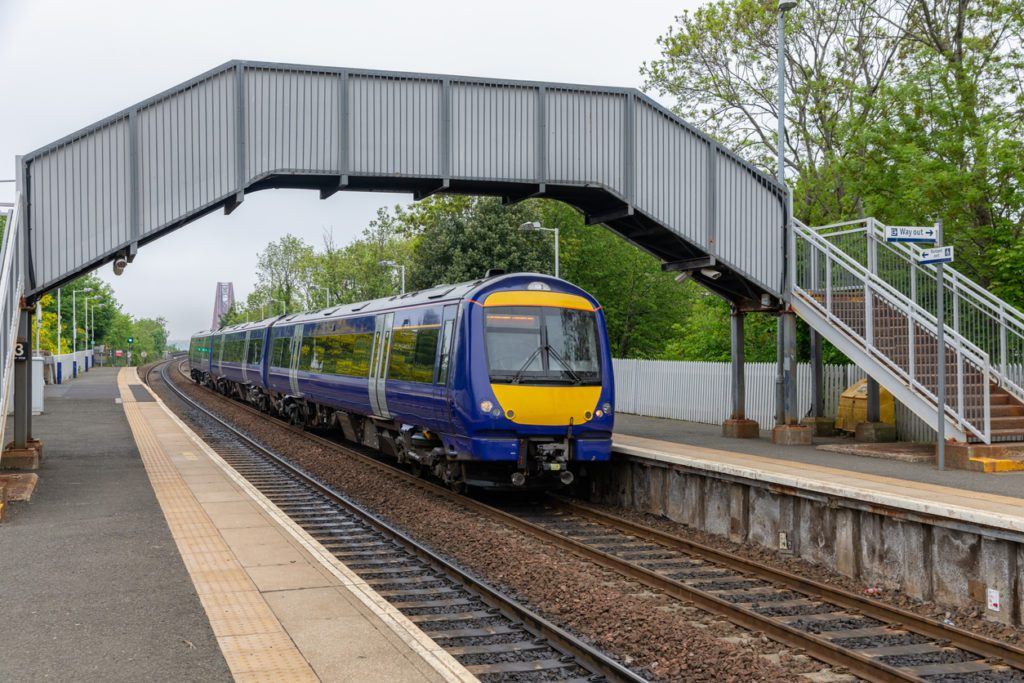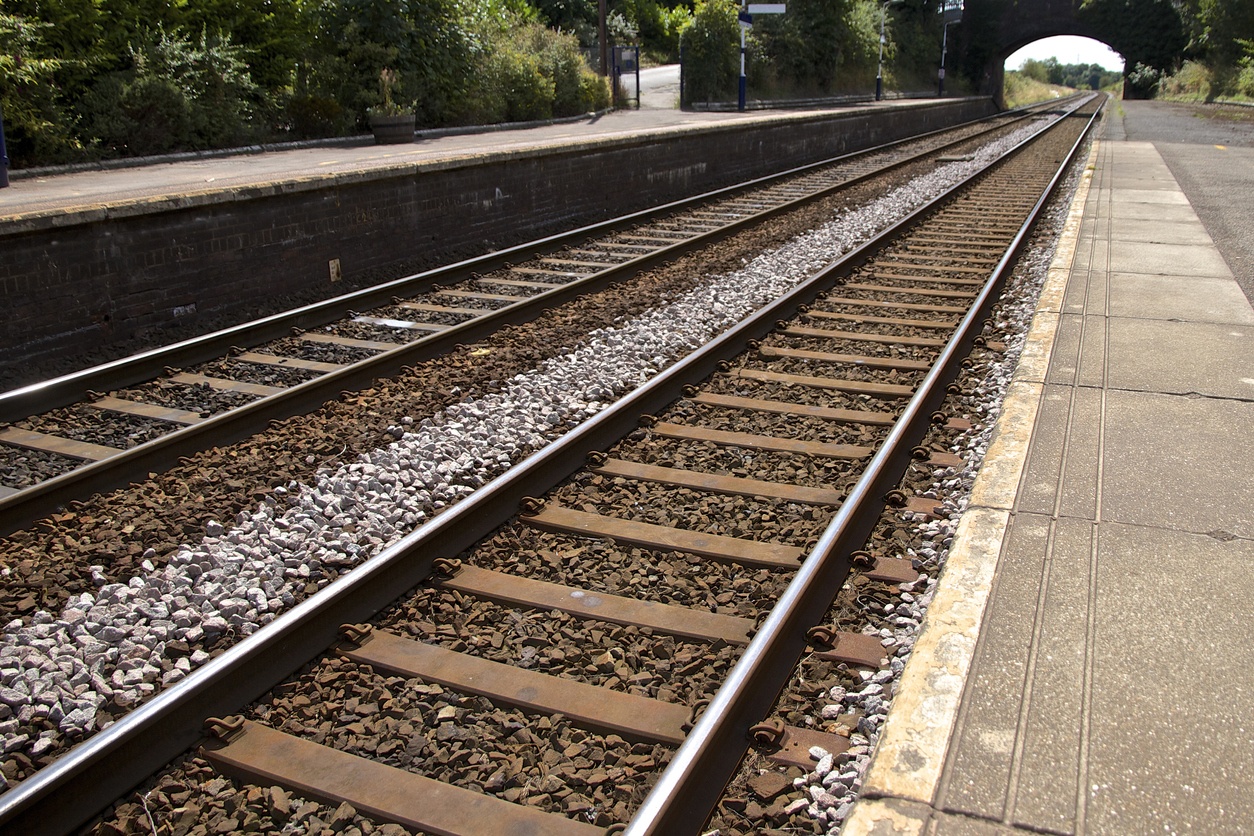Today the implementation of smart technology within the Transport industry has greatly benefited the sector with new services such as asset management, predictive maintenance, and integrated security expected to improve issues such as safety, scheduling and staff capacity. It is stated the global smart railway market is estimated to grow from USD 10.50 bn last year to USD 20.58 bn by 2021, at a Compound Annual Growth Rate (CAGR) of 14.4%.
Nowadays, there are many train stations which are currently unmanned. Transport organisations therefore need to manage their facilities to ensure everything is in good working condition for passenger use and safety. In recent years, health and safety has been a huge concern with commuters over unmanned stations where issues such as levels of vandalism or graffiti, lack of disabled access and whether a station has appropriate lighting or ticket access.
However, technology can act as a key enabler to enhance security, installing confidence in commuters and enabling Transport organisations to improve efficiencies while meeting KPI’s. In order to make commuters feel safe, organisations can introduce IoT technology to ensure unmanned stations are fully equipped and accessible for passengers. In a recent article, Hitachi Rail agrees that Digital Rail is the use of smart, connected technologies to modernise signalling, control centres and maintenance for trains and rail infrastructure. The article also suggests that connected sensors and IoT are ideal for monitoring and maintenance, helping operators to cut costs and keep trains running.

There are various ways sensors can be implemented for example, stations can introduce smart lighting. Lighting needs to be working constantly to ensure stations and their amenities are well visible and to reduce hazards. Sensors which are placed within lights are monitored and if they stop working an alert is triggered to notify facilities staff they need fixed. Smart lighting not only helps to save on costs and reduce energy, but it also ensures facilities are safe for people to use, helping organisations to maintain SLA’s and safety compliance.
Additionally, Transport organisations can use IoT to ensure their platforms are well gritted to avoid passengers from falling. Sensors are placed on the platform and once it falls below a certain temperature, a notification is triggered so that staff can be scheduled to grit the platform surface. Furthermore, stations need to ensure ticket machines, lifts and barriers are working at all times. IoT sensors can be deployed to monitor whether they are working properly or not, measuring things like temperature in lifts or whether ticket machines and barriers are in full working use. Organisations can ensure an enhanced customer satisfaction experience by enabling each of these assets are working, while also reducing potential fines and KPI breaches.
By complying with regulations, ensuring transport arrives on time, and providing safe, accessible and working facilities, Transport organisations enable an enhanced, consistent customer service experience. The introduction of IoT in unmanned stations enables each of these and is paramount to enhancing the customer experience and providing a high standard of customer service.
At Totalmobile, we’re at the forefront of innovation enabling Transport organisations with technology to ensure unmanned stations are kept secure, commuters are confident they have access to station facilities, while organisations are meeting service delivery and efficiencies while adhering to compliance standards. For further information, download our Transport Solutions Insight brochure or contact us for further information.







